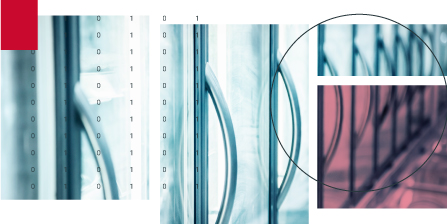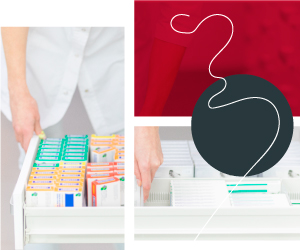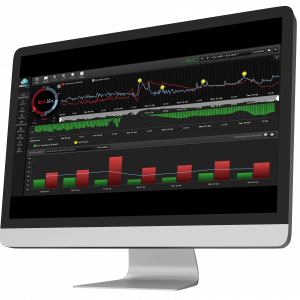At AKO we provide sustainable and efficient refrigeration solutions to save energy and preserve the product in optimal conditions.
The two types of refrigeration that exist must be differentiated:
- Industrial refrigeration focuses on the production process.
- Commercial refrigeration encompasses the final part of the cold chain whose function is to guarantee that the products retain their properties until the point of sale where the end user will acquire them for consumption.


Did you know that at AKO we dedicate 12% of our budget to R&D&i to develop pioneering and intelligent solutions that ensure optimal management of your commercial refrigeration systems (Cold room stores, deep-freeze rooms, display cabinets, refrigerated furniture, etc.), with a direct impact on your business?
WHAT IS COMMERCIAL REFRIGERATION?
Commercial refrigeration is based on the design, installation and maintenance of specific systems for commercial spaces where perishable products are sold, stored, displayed and / or handled for the general public.
At AKO we offer solutions for efficient and safe refrigeration that ensure the preservation of the properties of food and products, ensuring excellent management of the cold chain without interruptions.

SOME CONCERNS IN THE WORLD OF COMMERCIAL REFRIGERATION
An installation operating at 80% of its nominal gas load increases its power consumption by 15%.
What do we achieve with an efficient management of all the elements that make up a refrigeration installation?
- High system performance.
- High energy efficiency.
- Environmental care.
- Preventive maintenance that makes it possible to get the most out of the life of the installation.
- A reduction in operating and usage costs.
- An extension of the life of the installation.
- A reduction in product wastage and losses.








